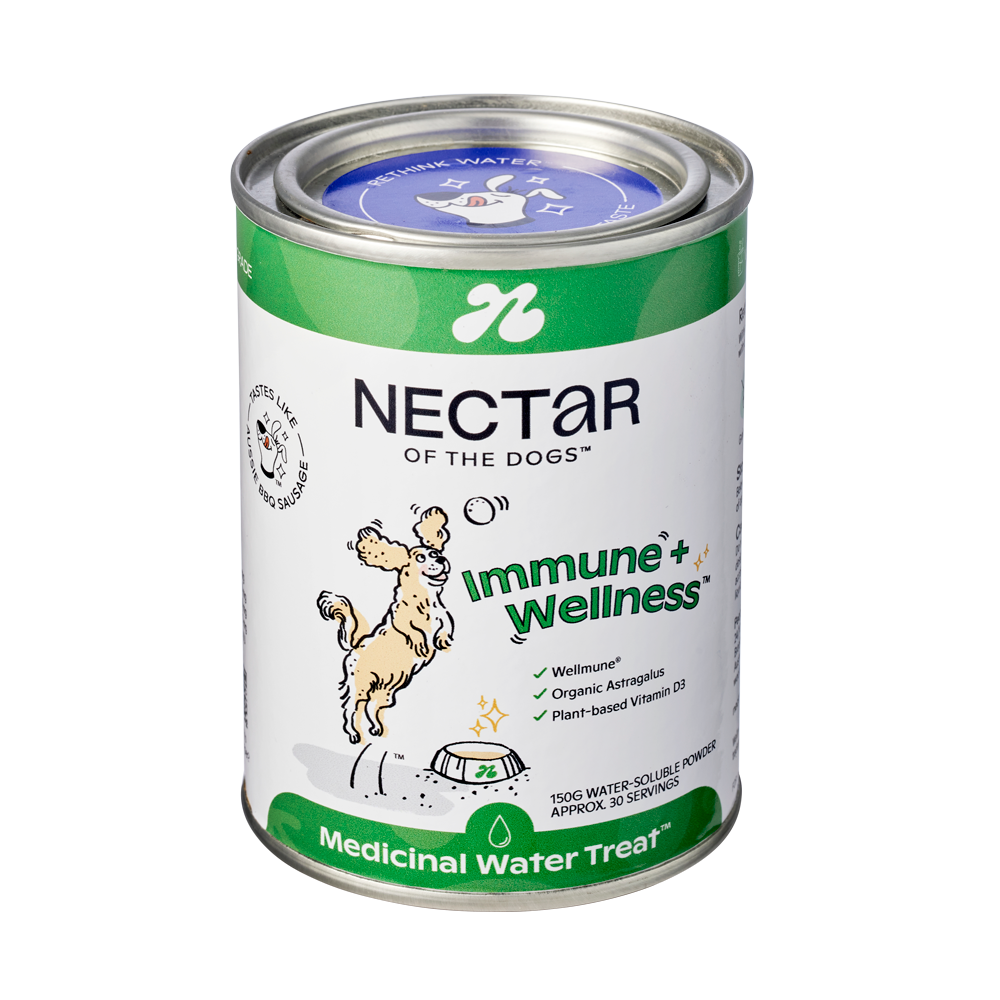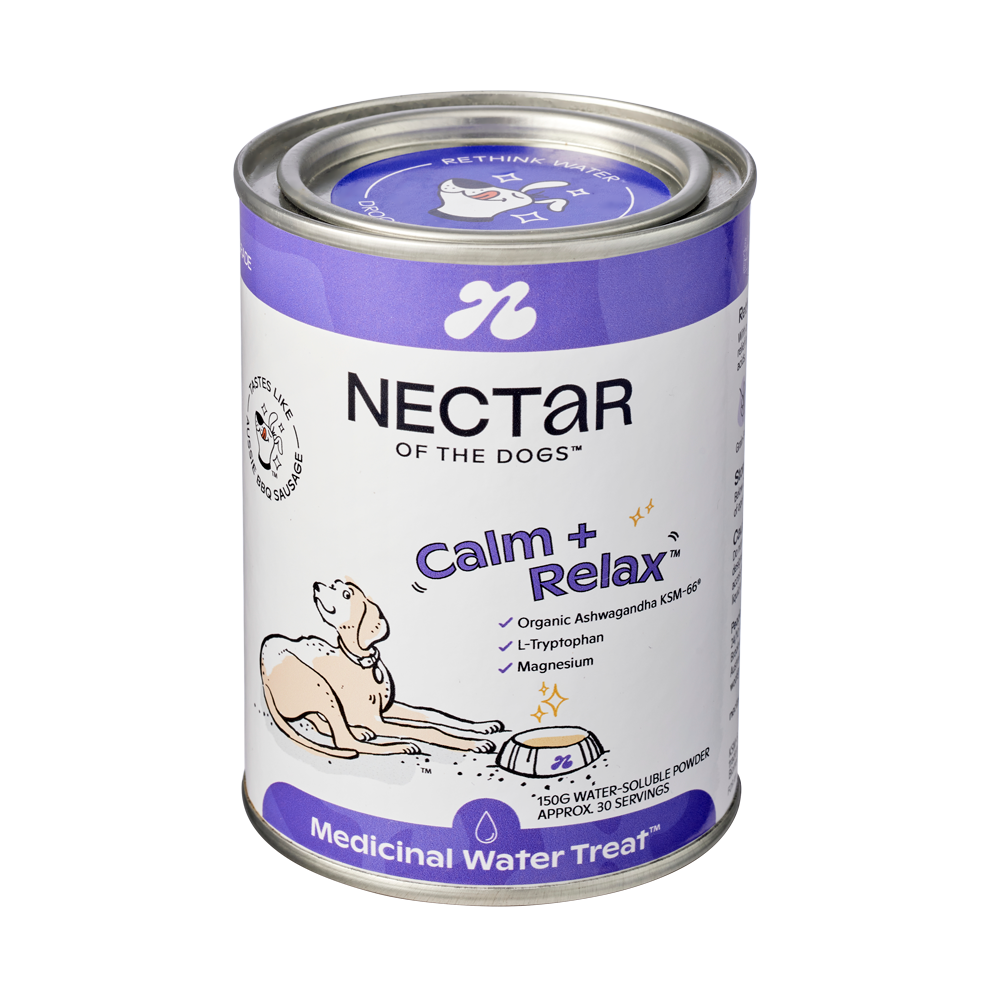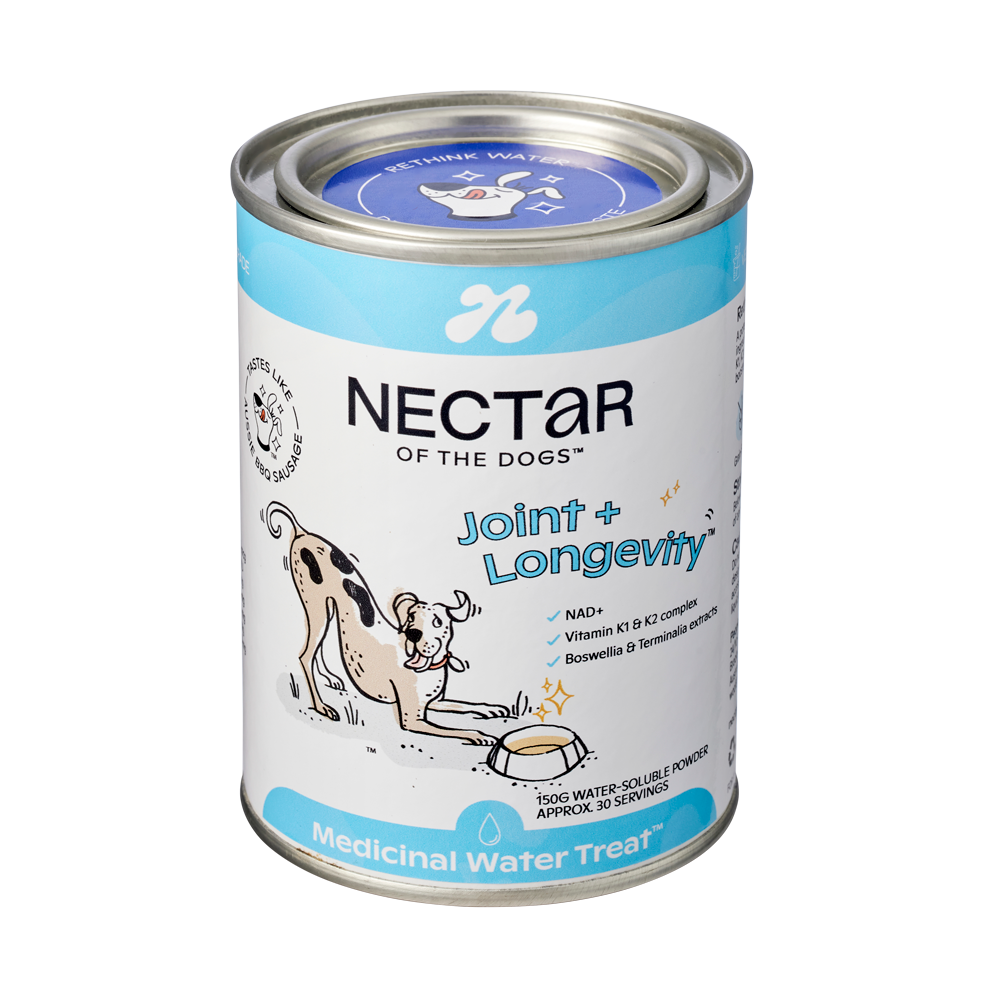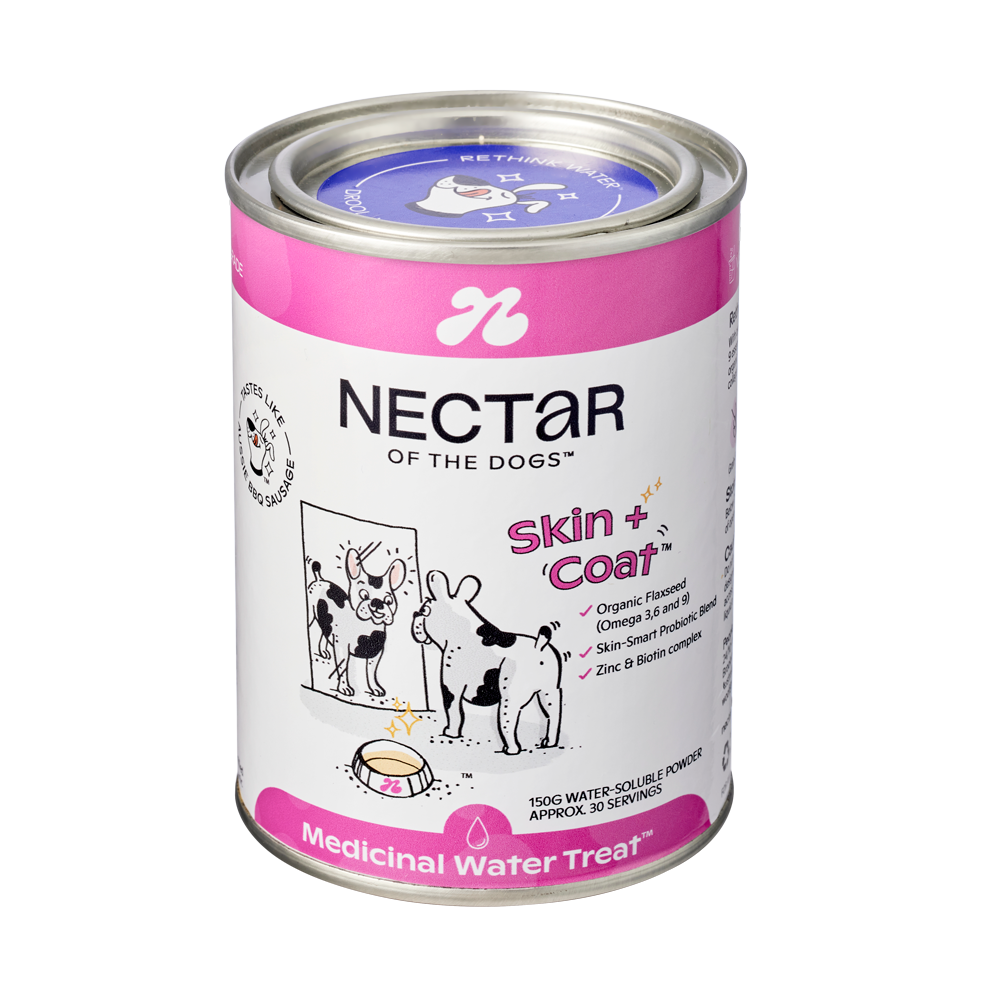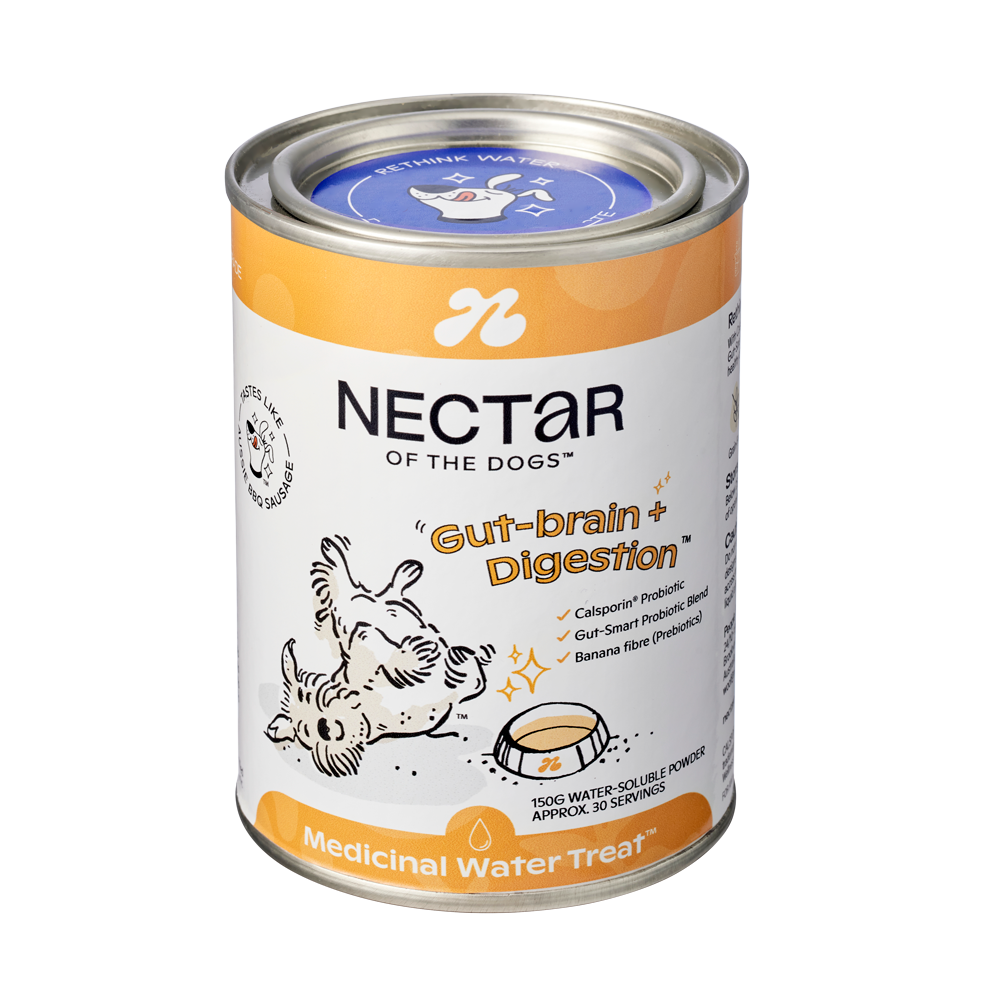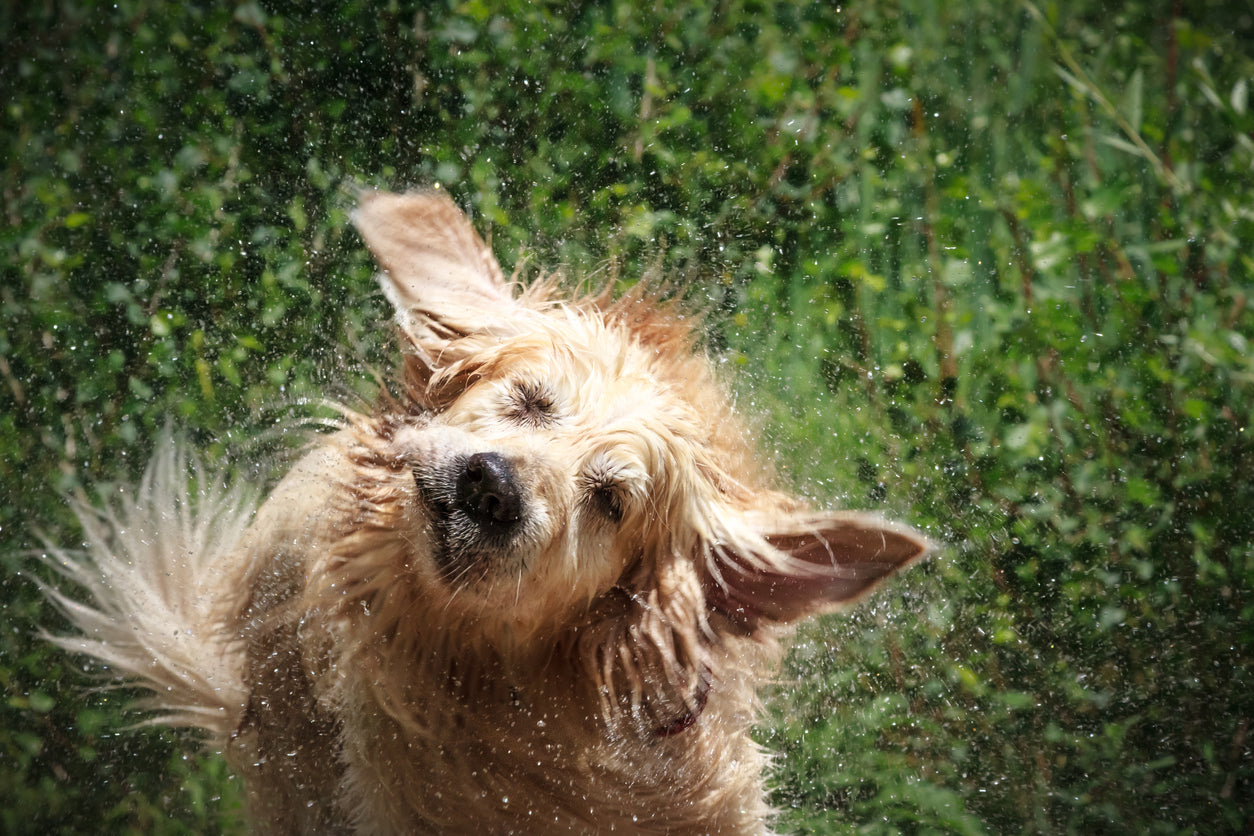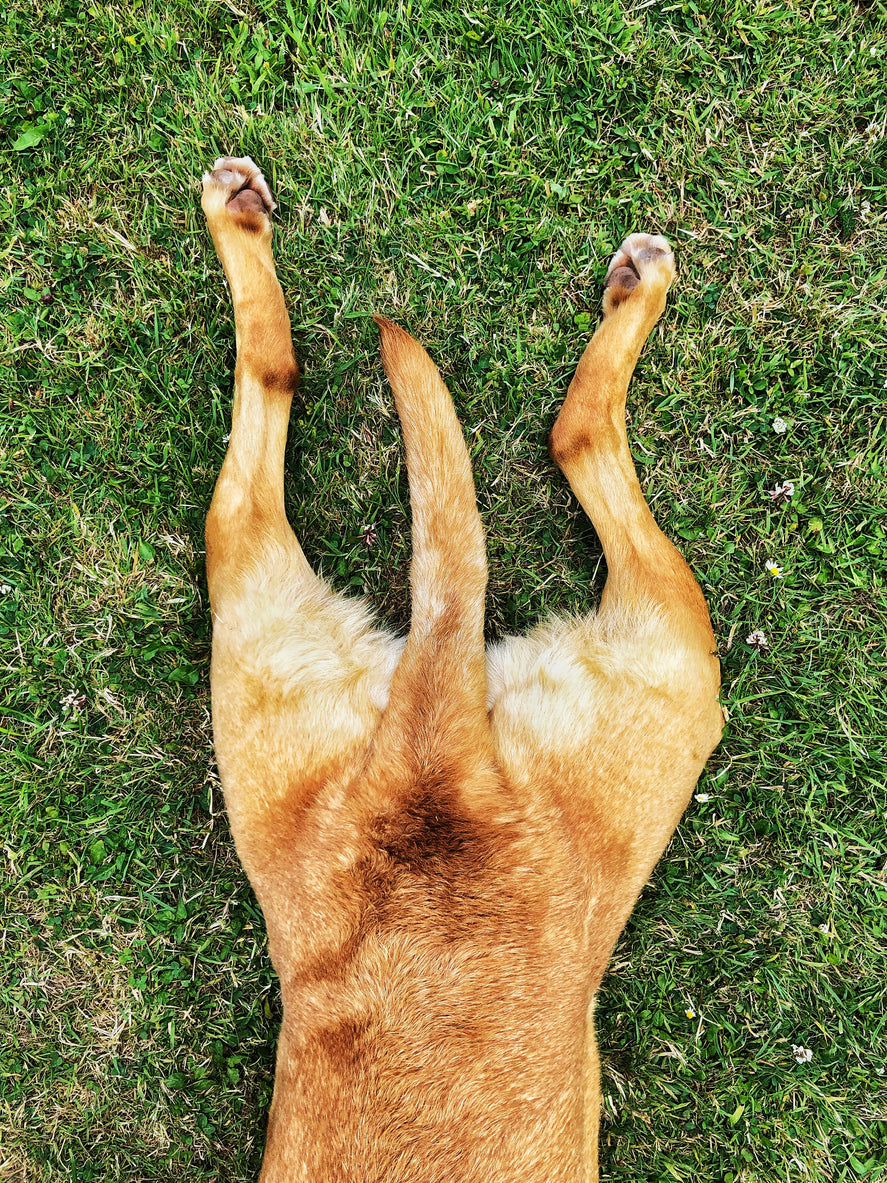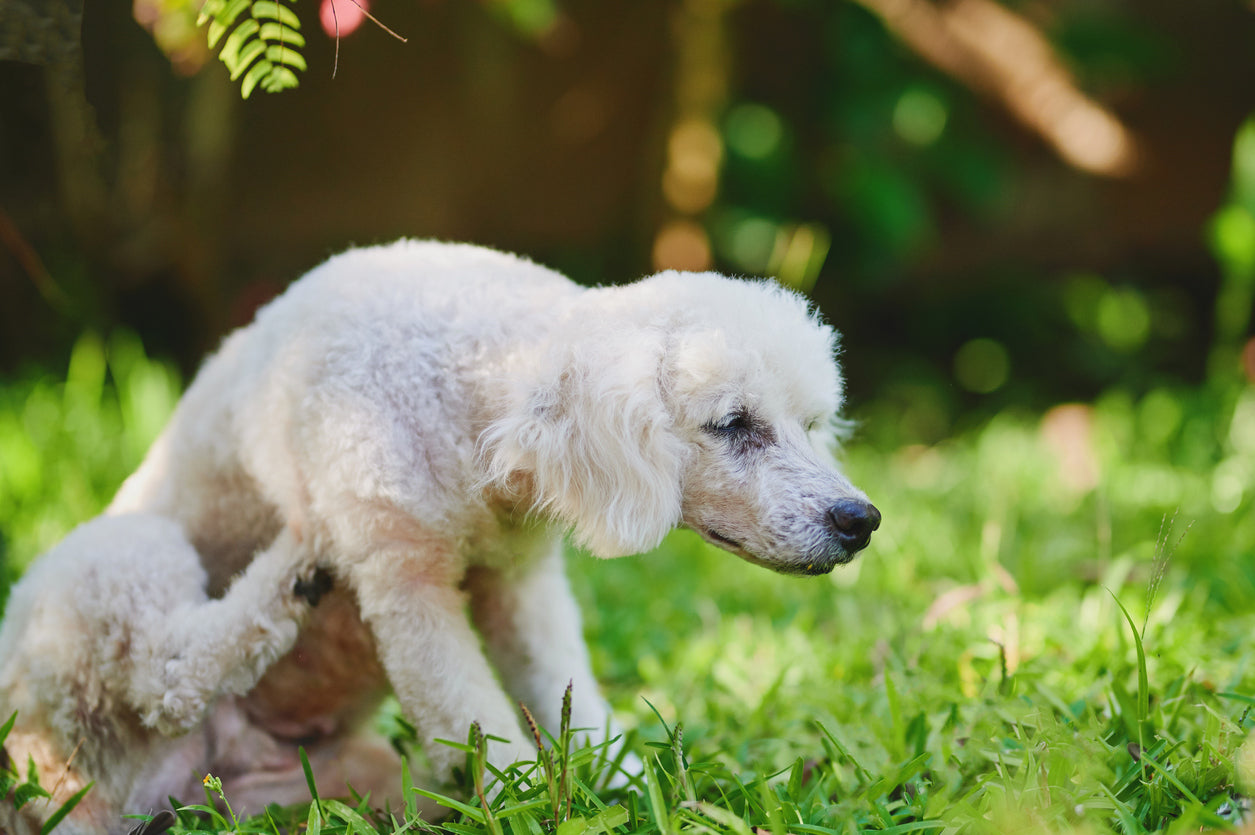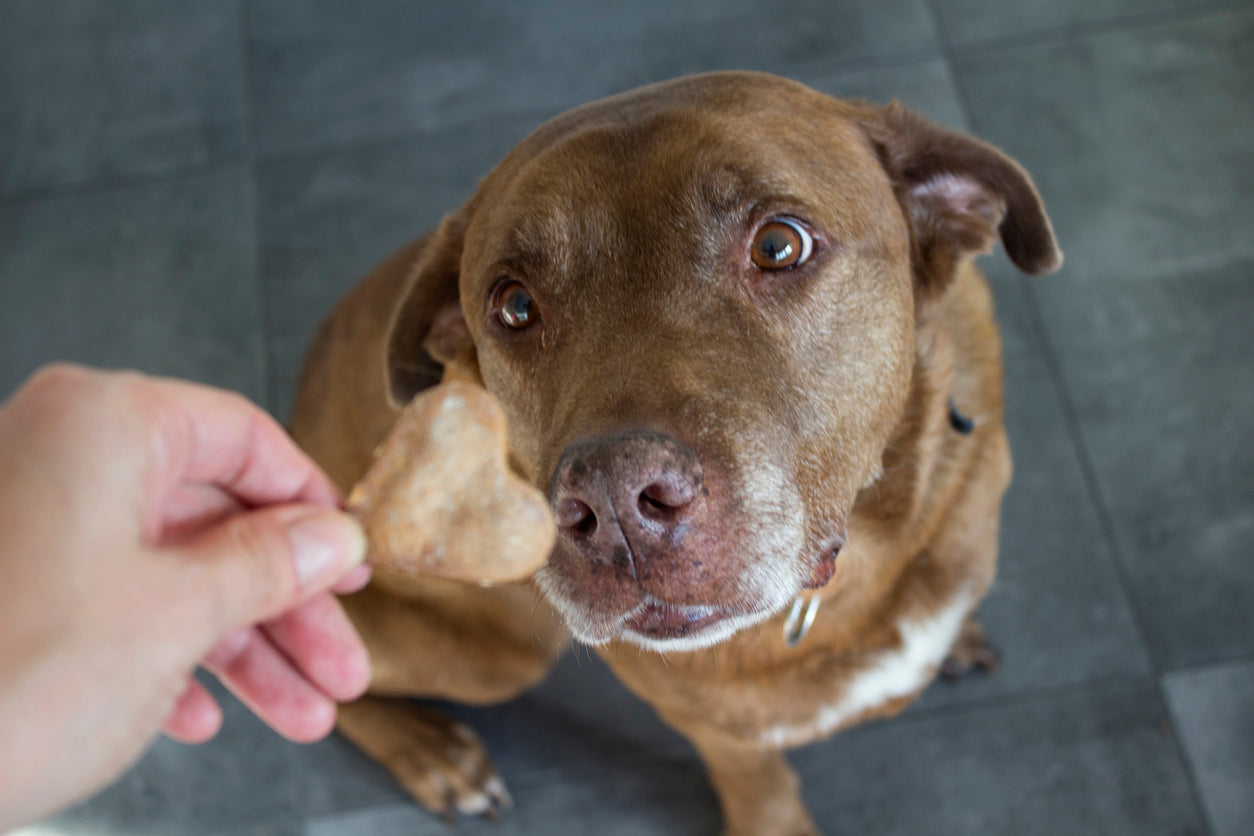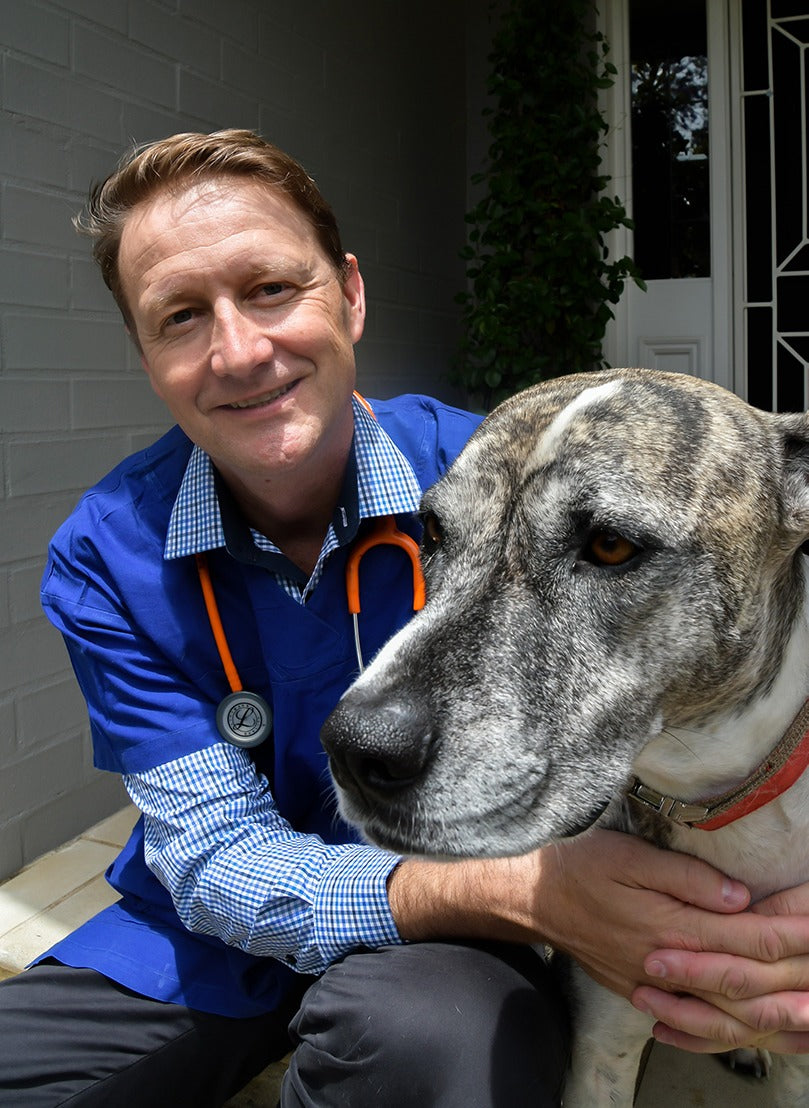Why Do Dogs Get Yeast Infections?
Yeast infections, also called "Malassezia dermatitis” or “Yeast Dermatitis" are an overgrowth of spore-producing fungus on the skin and are a very common skin disease in dogs. Yeast in itself is not a bad thing. In most cases, a healthy immune system keeps these in check, but when the yeast gets out of control, it irritates the skin causing skin inflammation and much discomfort. This is also why yeast can be called an “opportunistic” pathogen.
This condition can show up anywhere on the body of a dog but will most commonly present itself in their ears, between their paw pads, or in their skin folds.
Possible causes include allergies, moisture (frequent swimming or bathing), and skin injuries as well as other immune responses.
The symptoms range from excessive itching to chewing at their paws and bad odour, and can really impact our dogs and cause recurring problems if not dealt with properly.
It’s nearly always recommended to see your vet if your dog has the distinctive yeast infection smell on their skin and ears, but it can also be good to learn more on the topic to discover the underlying causes and what you can do to address it
In this article, we’ll cover why dogs get yeast infections and how you can treat them.

Why do dogs get yeast infections?
Yeast infections are caused by spore-like forms of fungi that typically live on your dog’s body. They thrive in warm, moist environments and can survive on the skin in small numbers with no issues. It’s only when they grow in number that your dog will experience discomfort, foul odour and itching.
We often see yeast infections in areas where there is moisture. The ears, paws, armpits, groins and folds in skin can be problem areas for yeast infections.
But a yeast infection is usually a secondary problem, meaning that some other underlying issue will “allow” the yeast to grow in uncontrollable numbers. This could be for example an over or an underactive immune system or some hormonal issues.
Common Causes Of Yeast Infections In Dogs
Diet
Diet can be a contributing factor to your pup's yeast infection. Dogs with poor diets (high in sugar and carbohydrates) may lack the nutrients necessary for a strong immune system, leaving them more susceptible to yeast overgrowth.
Allergies
Allergens are also common culprits of yeast infections, as they cause skin inflammation and irritations that encourage yeast growth. Things like pollen, mold, dust, cleaning products, can also lead to yeast infections.
For some dogs, yeast problems are seasonal, and when the temperature and humidity are high, problems with yeast can occur. If you suspect allergies are the cause, take note of any changes in your dog’s diet or environment and try to pinpoint the potential problem.
Skin Barrier issues
The skin is a dog’s largest organ and serves as a shield. If the skin barrier is disrupted (eg. by scratching & itching) yeast can find its way deeper into the skin, causing a more deep ceded infection.
Oily Skin
Another common cause of a yeast infection in dogs is when they produce excess oil. Providing an ideal environment for yeast to flourish.
Hormonal Imbalances
Hormonal imbalances can also contribute to yeast infections in dogs. Dogs may produce too much thyroid hormone thyroxine (T4), along with several other important thyroid hormones, which can lead to skin dryness.
In addition, hormonal changes associated with ageing or spaying can also trigger yeast infections. If your pup is experiencing these issues or exhibiting other symptoms such as frequent urination or excessive licking, be sure to make an appointment with their vet for a thorough examination.
Frequent bathing or swimming
It is no secret that Yeast love moisture. So if you bathe your dog frequently or if they love playing in water, they will be more at risk of a yeast infection. It is therefore recommended to always thoroughly dry your pup to avoid having any moisture trapped in their ears, skin folds, armpits or paw pads.
Genetics
It has been found that some dog breeds are more prone than others to developing this skin condition - this is mainly due to some of their physical attributes (eg. pendular ears, hair in the ear canal). These are:
- Cocker Spaniels
- Golden and Labrador Retrievers
- Maltese
- West Highland Terriers
- Schnauzers
- Dachshunds
- Poodles
Antibiotic Use
Antibiotics are a common cause of yeast infections in dogs, as they can disrupt the delicate balance of their microbiome (the good bacteria in their gut). When your pup is prescribed these medications, it's important to give them probiotics or other natural treatments to help replenish their gut flora. Additionally, make sure you follow the directions carefully and discuss with your veterinarian any concerns that you may have. Talk to your vet about any alternatives that may be available if necessary.
Steroid Medications
Steroid medications are often used to treat dogs with allergies and autoimmune diseases. The role of a steroid is to suppress an “overactive” immune system which in turn can make dogs more susceptible to yeast infections.
Poor Grooming Habits
Poor grooming habits can also be a factor in yeast infections. If your pup is unable to groom themselves properly, they may develop an accumulation of dirt and debris that can serve as a breeding ground for yeast.
Remember that dogs don’t shower daily like we do, and they tend to go rolling around in mud, sand, poo and lots of other substances. Regular brushing and intermittent bathing are essential, as it will remove any excess dirt which can lead to a higher risk of infection. Ask your vet about specific grooming routines and products that might help keep your dog's coat clean and healthy.

What to do if you think your dog has a yeast infection
From natural remedies to prescription medications, there are many ways to help your pup get back to feeling their best. It is also important to note that a yeast infection is not contagious.
Visiting your veterinarian is the first step, as they will be able to correctly diagnose your dog's yeast infection and provide you with an appropriate treatment plan. Your vet may suggest topical anti-fungal treatments (including medicated shampoos), oral medications, food supplements or a combination of treatments. Be sure to ask any questions you have about the treatment plan and follow directions carefully for best results.
Once you have this information, you can try to limit exposure to things that may be aggravating or causing your dog’s yeast infection. Ensure that you give them a good clean after exposure to potential allergens and irritants like salt water, smoke, pollen, dust and keep any areas that are infected with a yeast infection clean and dry.
A healthy diet, full of fresh animal protein and healthy vitamins and minerals is also a must for good gut health that can protect against yeast infections. You could supplement this with a probiotic blend like gut-brain + digestion and an immune-supporting supplement that will nurture their gut and strengthen their immune system against infections.
